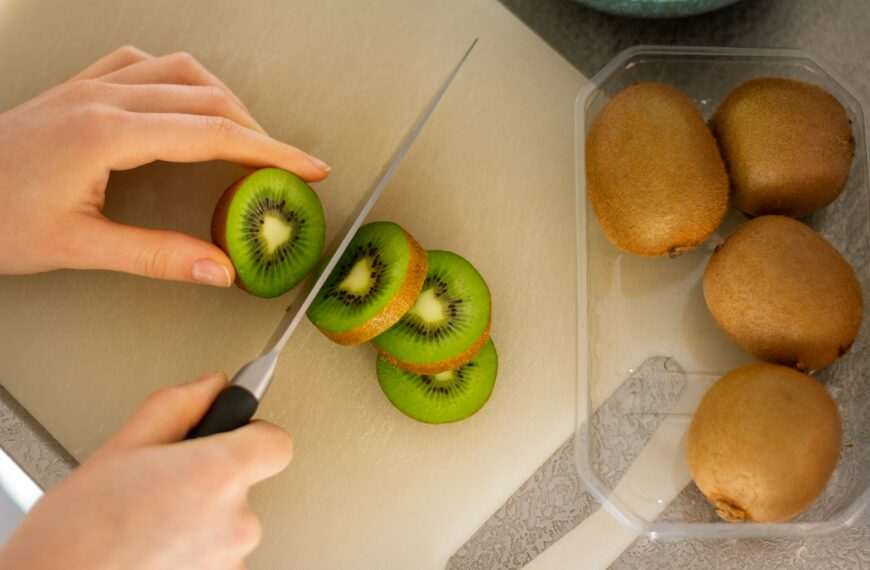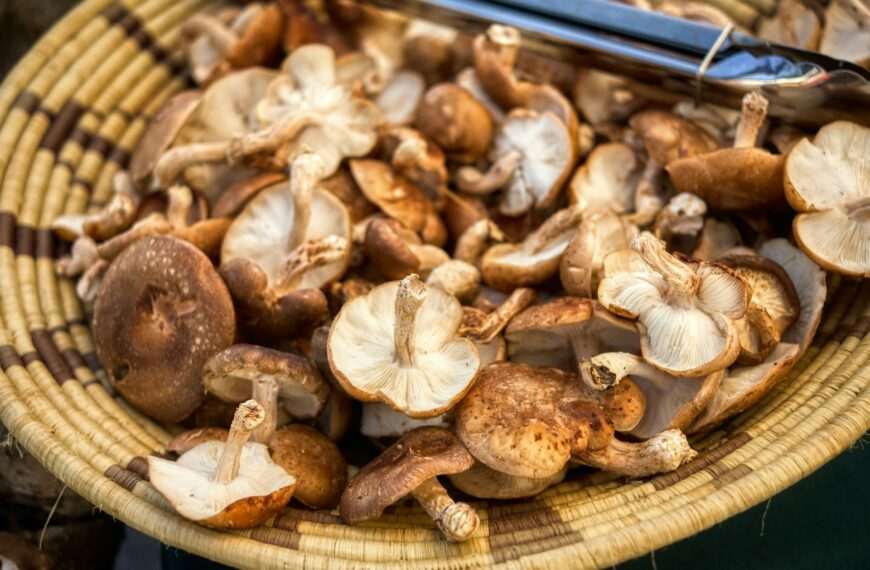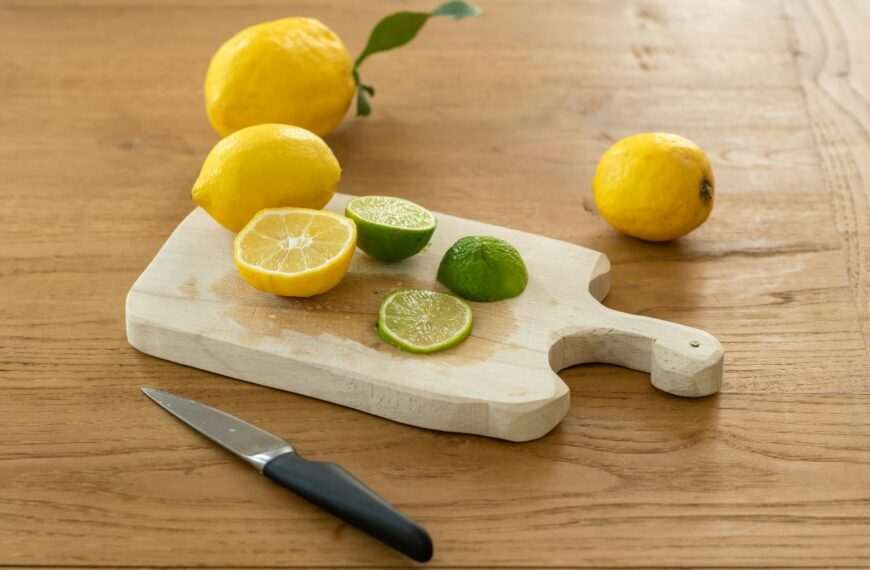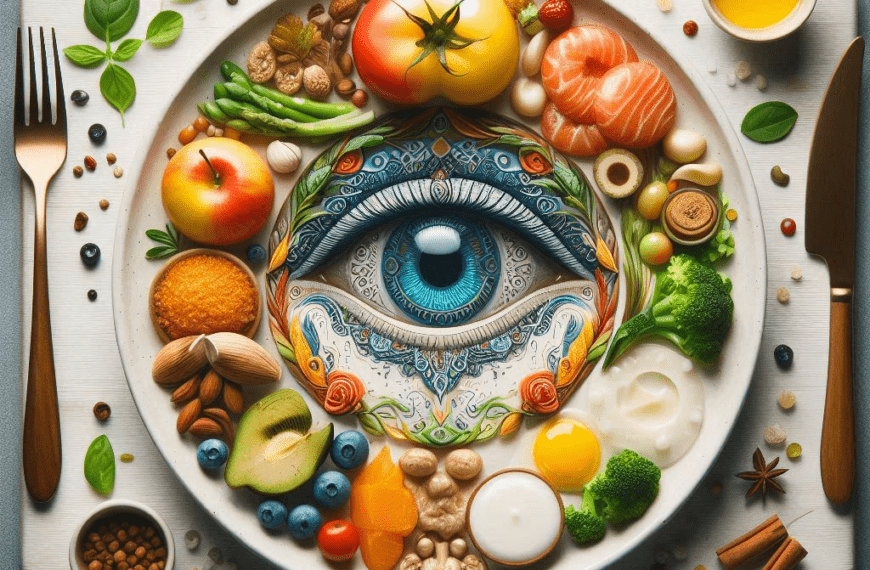
Photo by Elena Leya on Unsplash
You know, I’ve always considered myself pretty savvy when it comes to healthy eating. I mean, I read labels, I avoid soda, and I try to cook at home when I can. But let me tell you, I had a real wake-up call the other day that made me realize just how sneaky sugar can be.
I was standing in my kitchen, feeling pretty good about the “healthy” breakfast I’d just prepared: some low-fat yogurt with a sprinkle of granola and a glass of orange juice. Nutritious, right? Well, on a whim, I decided to add up the sugar content. Let’s just say the number I came up with left me slack-jawed.
That’s when it hit me: sugar isn’t just hiding in the obvious places. It’s lurking in foods we often consider healthy, playing a sophisticated game of hide-and-seek with our nutrition goals. And if I, someone who prides myself on being health-conscious, could be so easily fooled, what about everyone else?
The Great Sugar Caper: It’s Not Where You Think
Let me take you on a little tour of my own sugar-sleuthing journey. Trust me, what I found might surprise you as much as it did me.
The Breakfast Ambush
Remember that “healthy” breakfast I mentioned? Let’s break it down:
- Low-fat yogurt: 19 grams of sugar per serving
- Granola: 12 grams of sugar per 1/4 cup
- Orange juice: 21 grams of sugar per 8 oz glass
That’s a total of 52 grams of sugar – more than 13 teaspoons! – in what I thought was a virtuous morning meal. To put that in perspective, the American Heart Association recommends no more than 25 grams of added sugar per day for women and 36 grams for men. I’d blown past that before 9 AM!
Question for you: What’s your go-to breakfast? Have you ever calculated its sugar content? You might be in for a shock!
The Savory Sugar Surprise
Now, I’ve always had a bit of a sweet tooth, but I figured I was safe with savory foods. Boy, was I wrong. Here are some staples from my pantry that turned out to be sugar bombs in disguise:
- My favorite pasta sauce: 10 grams of sugar per 1/2 cup
- Whole wheat bread: 3 grams of sugar per slice
- Salad dressing: 7 grams of sugar per 2 tablespoons
It was like finding out your straight-A student was secretly running a gambling ring. These were foods I trusted, foods I thought were “good for me.” And they were sabotaging my efforts without me even realizing it.
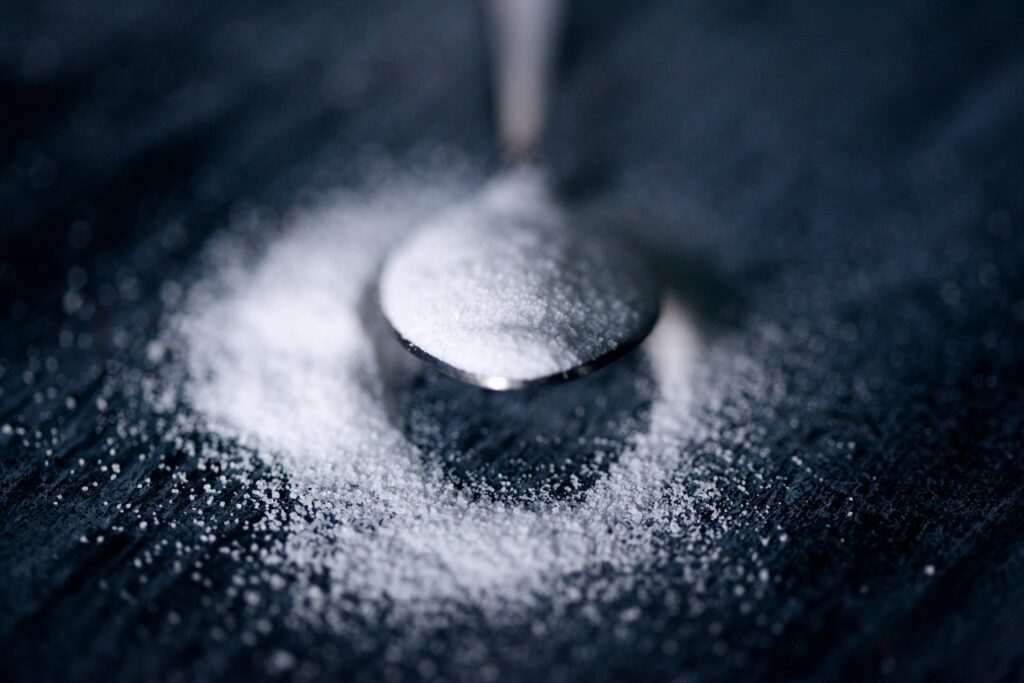
Photo by Alexander Grey on Unsplash
Why We Fall for the Sugar Trap
So how did I, someone who considers themselves pretty nutrition-savvy, fall for this sugar deception? Well, it turns out the food industry has some pretty clever tricks up its sleeve.
The Health Halo Effect
Ever notice how some foods just feel healthier? Maybe it’s the packaging with pictures of nature, or words like “natural” and “wholesome” plastered all over. That’s what marketers call the “health halo effect,” and let me tell you, I fell for it hook, line, and sinker.
Take my granola, for instance. The package boasted about whole grains and fiber, which made me assume it was a healthy choice. I never even thought to check the sugar content. It’s like my brain short-circuited: “Fiber good, therefore all aspects of this food must be good.”
The Bliss Point: My Taste Buds’ Achilles Heel
Here’s another thing I learned: food manufacturers have literally engineered their products to hit what’s called the “bliss point” – that perfect level of sweetness that keeps us coming back for more. It’s not just about taste; it’s about creating a craving.
I noticed this with my favorite breakfast cereal. I’d pour a bowl, then find myself going back for seconds, even thirds. It wasn’t just hunger; it was like my taste buds were throwing a party and demanding more sugar as the guest of honor.
Personal Challenge: Pay attention to your cravings this week. Are there any foods you find particularly hard to resist? They might be hitting your bliss point!
Becoming a Sugar Detective: My New Toolkit
After my sugar awakening, I knew I needed to make some changes. Here’s the toolkit I’ve developed to outsmart those sneaky sugars:
- Learn sugar’s many disguises: I’ve become a pro at spotting sugar aliases on ingredient lists. Some of my “favorites” include:
- High fructose corn syrup
- Dextrose
- Maltose
- Anything ending in “-ose”
- The ingredient list order trick: I now know that ingredients are listed in order of quantity. If sugar (or one of its aliases) is near the top, that’s my cue to put it back on the shelf.
- The 4-1 rule: I’ve memorized that 4 grams of sugar equals 1 teaspoon. It helps me visualize just how much sugar I’m really consuming.
- Skepticism is my superpower: Now, when I see health claims like “low-fat” or “all-natural,” my sugar radar goes on high alert. These products often make up for taste with added sugars.
- Cooking is my new hobby: I’ve started cooking more at home. It’s the only way I can be 100% sure of what’s going into my food.
Your Turn: What’s your strategy for avoiding hidden sugars? Share your tips in the comments – I’d love to learn from you!
My Personal Sugar Hall of Shame
In my quest to uncover hidden sugars, I’ve identified some major offenders in my own diet. Here are the top culprits:
- My “healthy” breakfast bar: 12 grams of sugar. That’s 3 teaspoons in one small bar!
- The smoothie I thought was so virtuous: 30 grams of sugar per bottle. Yikes!
- My afternoon yogurt: 24 grams of sugar. That’s 6 teaspoons – in yogurt!
- The tomato soup I love: 12 grams of sugar per cup. Who puts that much sugar in soup?
- My post-workout “electrolyte” drink: 32 grams of sugar. I might as well have had a soda.
Question for You: What’s the most surprising source of hidden sugar you’ve discovered in your own diet? Let’s compare notes in the comments!
Why This Matters: My Wake-Up Call
I’ll be honest, at first I thought, “So what? A little sugar here and there can’t hurt, right?” But as I dug deeper, I realized this was about more than just calories or a number on a scale.
You see, excessive sugar consumption has been linked to a whole host of health issues. And I’m not just talking about cavities (though those are bad enough). We’re looking at increased risks of:
- Obesity
- Type 2 diabetes
- Heart disease
- Chronic inflammation
Plus, and this was a big one for me, sugar is addictive. The more I consumed, the more I craved, creating a vicious cycle that was hard to break.
Breaking Free: My Personal Sugar Strategy
So, how am I breaking free from this sweet deception? Here’s my game plan:
- Label detective work: I now read every label, every time. No exceptions.
- Whole foods focus: I’m choosing more whole, unprocessed foods. They’re less likely to contain hidden sugars.
- Taste bud retraining: As I’ve reduced my sugar intake, I’ve started to appreciate the natural sweetness in foods like fruits and vegetables more.
- Savvy consumer mode: I question every health claim I see. If it sounds too good to be true, it probably is.
- Spreading the word: I’m sharing what I’ve learned with friends and family. The more we know, the better choices we can all make.
What’s your biggest challenge when it comes to reducing sugar in your diet?
As I wrap up my sugar-sleuthing story, I want to leave you with this thought: Knowledge is power, but only when we act on it. Now that we know where sugar hides, what are we going to do differently? For me, it’s about making conscious choices every day. It’s about reading labels, cooking more, and not being afraid to ask questions about what’s in my food. Remember, every time we make an informed choice about our food, we’re not just impacting our health – we’re sending a message to food manufacturers. We’re saying, “We see through your sweet deception, and we choose differently.”
So the next time you’re at the grocery store, think of yourself as a sugar detective. You’re not just shopping; you’re unraveling one of the most pervasive mysteries of our modern food landscape.
After all, life’s sweet enough without all that added sugar, don’t you think?

